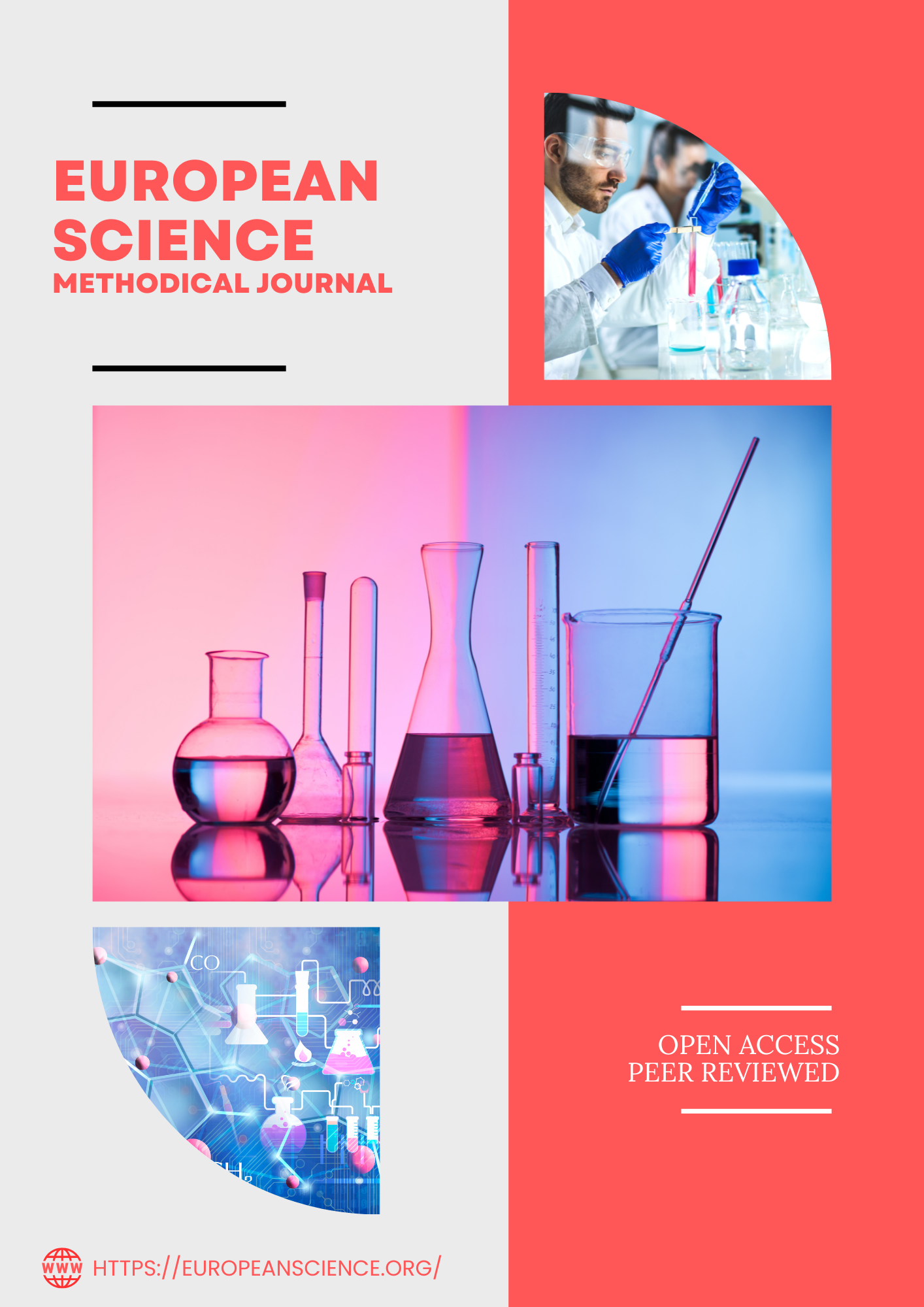MAIN ASPECTS OF ALLERGIC RHINITIS IN THE PATHOGENESIS OF SINUSITIS DEVELOPMENT
Keywords:
Allergic rhinitis (AR), chronic rhinosinusitis, sinusitis, etiology, respiratory tract, endoscopic examination, International Classification of Diseases (ICD-10) , World Health Organization (WHO) classification, Acute rhinosinusitis (ARS), radiography. European position paper on rhinosinusitis and nasal polyps (EPOS – 2020), Erythrocyte Sedimentation Rate (ESR), Outreach, screening, assessment, and referral (OSAR), intranasal corticosteroids (ICS).Abstract
Currently, the level of acute and chronic rhinosinusitis remains high, since the prevention of them and their complications has not been fully developed. The occurrence and course of acute sinusitis is significantly influenced by various endogenous and exogenous factors, such as allergens, environmental irritants, and it can also have an infectious, viral, bacterial or fungal etiology. One of the common diseases among children is acute sinusitis, the largest number of patients are between the ages of 4 and 15 years, and over the past 10 years the disease has accounted for 35–37% of all diseases of the upper respiratory tract (1,2,4,5,7)Downloads
Published
2024-03-07
Issue
Section
Articles
License

This work is licensed under a Creative Commons Attribution-NonCommercial 4.0 International License.
How to Cite
MAIN ASPECTS OF ALLERGIC RHINITIS IN THE PATHOGENESIS OF SINUSITIS DEVELOPMENT. (2024). European Science Methodical Journal, 2(3), 1-5. https://europeanscience.org/index.php/3/article/view/461















